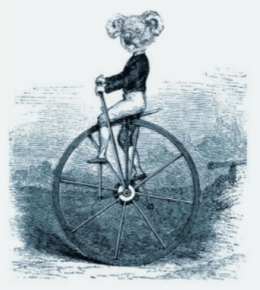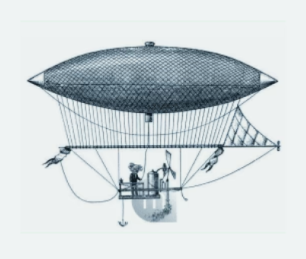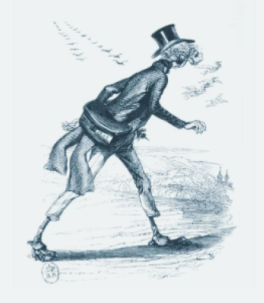The theme of autumn to create an exploration bin and a thematic shelf for your child
For those who have been following, Maison Continuum continues its development and we recently opened a "physical" store, in addition to our online store (this one will expand and get a makeover very quickly!).
In our store, we have created a free play area accessible to children accompanying their parents (or for parents accompanying their children...).
This space includes 2 main activities inspired by Montessori pedagogy : a “ mini-worlds ” exploration bin and a thematic shelf .
These will evolve over the seasons to offer different themes.
The main advantage is to allow the child to unconsciously absorb the main characteristics of the season, to rediscover the elements that he experienced outside, by seeing nature evolve.
The aim is to contribute to the development of rich and varied skills : language , imagination , practical thinking , fine motor skills , curiosity for discovering the world, reading , mathematics , by adopting a playful angle, thanks to sensory and creative activities .
You can reproduce these two activities at home in a small, well-identified corner.
By having fewer toys available but organizing and rotating them, the little ones' attention is easier to capture and their interest is more focused.
For each theme, you probably already have many related books or toys at home. The challenge will be to sort and collect them.
The material needed to create a Montessori space:

The shelves can be divided into 2 parts: one accessible to the child and another higher one with activities reserved for older children (if the shelf is intended for several children) or requiring the accompaniment of an adult.
Accessibility is important because it is about developing the child's autonomy as much as possible.

The fall-themed shelf:
- Chestnuts and bread apples that can be used for transferring between several bins but also fine motor skills with the use of tongs, a magnifying glass and a claw spoon.


-
A pumpkin shaped box

- Gourds of various colors and odd shapes

- Forest animal nomenclature cards to make the connection between the image, the name, the characteristics of the animal and the figurines present in the mini-world.

- A wooden Montessori mushroom game to work on the discrimination of shapes and colors and encourage counting (Wooden Montessori Mushrooms Toys XIAPIA). The child also develops fine motor skills, hand-eye coordination.

- A squirrel to be reconstructed by pushing small pellets

- A selection of books that may interest children but also parents:


- Autumn by Marc Pouyet: a land art picture book for little ones.
- Little Autumn Crafts for Kids by Sandrina Van Geel: 17 activities including crafts, modeling, mosaics, fine arts, collage.
- Everything is Red by Kazuo Iwamura: an adventure where we follow three little squirrels.
- The Little Acorn by Mélanie Joyce: a beautiful story to discover the life cycle of the oak.
- The Mouse Family's Autumn Festival by Kazuo Iwamura: a visual account of the organization of the festival.
- The Little Pumpkin: a beautiful story to discover the life cycle of the pumpkin.
Other book ideas:
- Ester Gaya Fungarium
- Sally Smith's Plant Fairy Houses
- Not so afraid by Clotilde Goubely
- Janet Lawler's Colors of Autumn
- Ferry Beth's Straw-Hearted Scarecrow
- When Things Go Wrong by Frann Preston-Gannon
- 10 loose sheets by Anne Möller
- Hats off to Fleur Daugey’s mushrooms
- Now that you know about Anne Crausaz
A board game
- Smart Games Hazelnut Cache
The magical forest mini-world:
When we think of autumn, we spontaneously associate pumpkins and therefore magic. It is no coincidence that all the Harry Potter reruns take place at this time.
We wanted to introduce this touch of magic into our mini-world.

The floor: A decorated carpet is not a must. It can be replaced by fabric or felt in the colors of autumn. You can also use various materials: sand, earth, seeds, coffee, semolina, straw, etc.
The carpet presented is that of TTS “the enchanted world”.
The brand “Boxschooling” also has a very nice one called “Dans la forêt”.
Decorative elements: here, we used pieces of wood, some miniature trees, fake moss balls (to represent bushes), hills sculpted in extruded polystyrene… You can use stones or other small treasures recovered from nature.

The figurines: in our example, we have selected 15 Papo figurines representing both forest animals (bears, wolves, deer, rabbits, etc.) and fantastic characters or animals (magician, hippogriff, pegasus, etc.).
Feel free to share your ideas or references for this theme on our social networks @maisoncontinuum!




